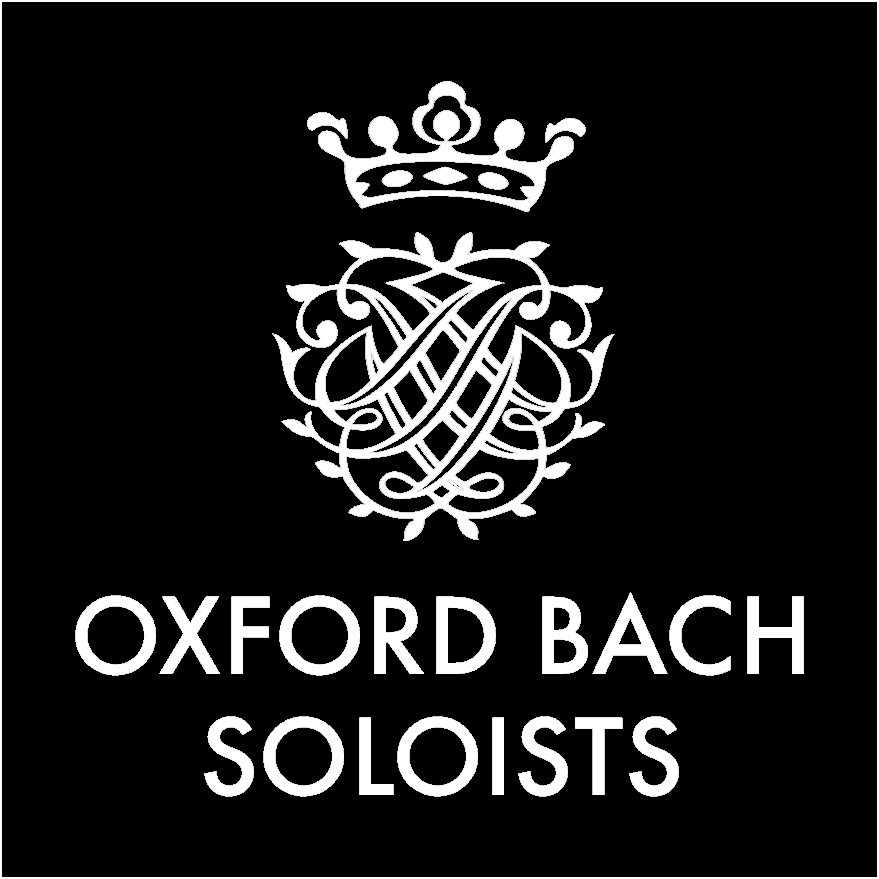It’s been about a year since we last caught up with you. Tell us what you’ve been up to?
As usual, I’ve been balancing singing commitments with my full time role in fundraising and alumni relations at Christ Church. Working full time can make scheduling in time for rehearsals and practice pretty difficult! However, I have very much enjoyed being involved in the major OBS concerts this year, especially in Holy Week which is a uniquely special experience, allowing me to sing some of Bach’s most beautiful music with other incredibly talented colleagues. Outside of OBS, I have sung the solos inBeethoven’s 9th Symphony in the Sheldonian Theatre, and performed in oratorio and solo recital programmes in Oxford and London.

At our next concert, you will be performing Bach’s first extant solo soprano cantata “Mein Herze schwimmt im Blut” BWV 199. The title is very graphic! What is this cantata about?
Very broadly, it’s about a journey from sin and remorse to redemption. This cantata feels like a scene from an early baroque opera, a private dramatic monologue in which the singer pursues their personal voyage of salvation.
We start in the depths of despair of the opening recitative which, with its line about the ‘vile seeds of Adam,’ almost makes me feel as though Bach is presenting us with a woman who has been deceived or abandoned by her lover. It’s very operatic.
The aria, movement 2, sees the vocal line really painting the text, with the lilting semiquavers mirroring the ‘silent sighs’. In the third and fourth movements, we finally see some light at the end of the tunnel, with the realisation that, when we confess our faults before God, he will lift us out of the depths of our sin and take pity on us.
From here, the mood becomes more and more joyful, before the final movement erupts in a dance as we bid farewell to pain and suffering, and embrace our salvation.

What are the challenges when learning this particular cantata?
I think the main challenge has been to express the vacillating emotions of this aria – shame, remorse, hopefulness and joy – without overblowing any sentiment too early on. This requires a carefully plotted timeline throughout the cantata.
The dramatic effects used in both the vocal and orchestral lines are illustrative of the mixing of the sensuous and spiritual which was a feature of baroque composition. The tension, vitality and emotional exuberance all need to drip-feed each movement!
What is your favourite moment in the cantata?
It’s absolutely impossible to pick just one moment! My favourite movement is number 4, the aria Tief gebückt und voller Reue, because of the beautifully languorous vocal line with its full range and suspensions.
The moments I’m most looking forward to in the performance are the movements where I get to work with individual members of the orchestra. This is especially true in numbers 2 and 6 which see me partner with the oboe and viola respectively.
It’s a huge privilege for me to be able to work so frequently (and, on this occasion, so closely) with musicians of the calibre of the OBS orchestra, so I’m going to enjoy every minute as much as I can!


